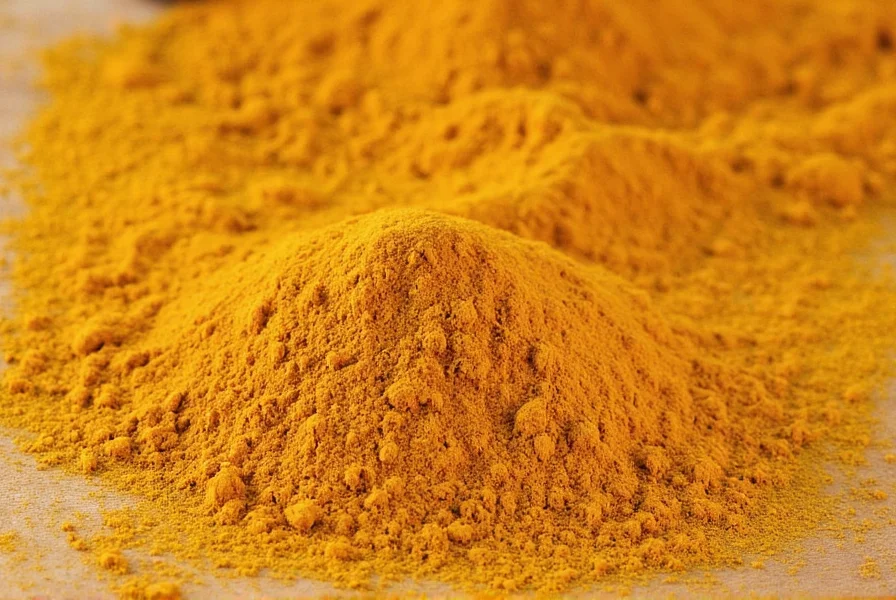Turmeric isn't just a kitchen staple—it's a botanical powerhouse with a rich history spanning thousands of years. This vibrant golden spice, scientifically known as Curcuma longa, belongs to the ginger family and originates from Southeast Asia and India. While you'll find it coloring curry dishes and mustard, its applications extend far beyond the kitchen. The key bioactive compound, curcumin, constitutes about 2-8% of turmeric and drives many of its scientifically studied benefits.
What Exactly Is Turmeric?
Turmeric is a rhizomatous herbaceous perennial plant that grows up to three feet tall in tropical climates. The part we use is the underground stem (rhizome), which is boiled, dried, and ground into the familiar yellow powder. Fresh turmeric root resembles ginger but delivers a more earthy, slightly bitter flavor with warm, peppery notes.

Traditional Uses Across Cultures
Cultures worldwide have incorporated turmeric into their practices long before modern science validated its properties:
| Culture | Traditional Uses |
|---|---|
| Ayurvedic Medicine (India) | Treating inflammation, wound healing, digestive issues, and skin conditions |
| Traditional Chinese Medicine | Addressing joint pain, abdominal pain, and menstrual discomfort |
| Ancient Persian Medicine | Respiratory treatments and as an antiseptic |
| Indonesian Folk Medicine | Postpartum recovery and general wellness |
Modern Scientific Understanding of Turmeric's Benefits
Contemporary research has investigated what traditional medicine practitioners observed centuries ago. The most compelling evidence supports turmeric's role in:
Inflammation Reduction
Chronic inflammation contributes to numerous health conditions. Multiple studies, including a 2017 review published in Food Science & Nutrition, confirm that curcumin effectively inhibits multiple molecules involved in inflammation pathways. This makes turmeric particularly valuable for managing conditions like arthritis.
Joint Health Support
A 2016 clinical trial in the Journal of Medicinal Food demonstrated that 1,000 mg of curcumin daily significantly improved pain and function in people with knee osteoarthritis—comparable to ibuprofen but with fewer gastrointestinal side effects. Many users report reduced stiffness and improved mobility when incorporating turmeric into their wellness routines.
Antioxidant Properties
Turmeric boosts the body's antioxidant enzymes while neutralizing free radicals directly. This dual action helps protect cells from oxidative damage, potentially slowing aging processes and reducing disease risk. The spice's antioxidant capacity is approximately five to eight times stronger than vitamin E.
Practical Applications of Turmeric Today
Culinary Uses
Beyond its health properties, turmeric remains a kitchen essential:
- Curry bases and spice blends (like curry powder and berbere)
- Golden milk (turmeric latte) with black pepper and healthy fats
- Rice dishes for color and subtle flavor
- Smoothies and juices for nutritional boosting
- Marinades for meats and vegetables
Wellness Applications
For therapeutic benefits, consider these evidence-based approaches:
- For inflammation: Combine 500-1,000 mg curcumin with 5-10 mg piperine (from black pepper) twice daily
- Topical applications: Mix turmeric paste with coconut oil for skin inflammation or joint pain
- Digestive support: Consume 1/2 teaspoon of turmeric in warm water before meals
- Immune support: Incorporate into daily cooking or take as a supplement during cold season
Maximizing Turmeric's Effectiveness
Turmeric's benefits depend significantly on proper consumption methods. Curcumin has low bioavailability on its own, but these strategies enhance absorption:
- Fat combination: Consume with healthy fats (coconut oil, avocado, nuts) since curcumin is fat-soluble
- Piperine addition: Include black pepper (just 1/20 teaspoon) to increase absorption by up to 2,000%
- Heat activation: Gentle cooking improves curcumin release from the turmeric matrix
- Consistent use: Benefits accumulate with regular consumption over weeks
Safety Considerations and Limitations
While generally safe, turmeric requires some precautions:
- High doses may cause digestive upset in sensitive individuals
- May interact with blood thinners—consult your physician if taking anticoagulants
- Pregnant women should avoid medicinal doses but can safely consume culinary amounts
- May exacerbate gallbladder issues in susceptible people
- Can temporarily stain teeth yellow (easily removed with regular brushing)
Remember that turmeric supplements aren't regulated like pharmaceuticals. Look for products with third-party testing verification and standardized curcumin content (typically 95%). Whole turmeric provides additional beneficial compounds beyond isolated curcumin.
Integrating Turmeric Into Your Wellness Routine
Start with culinary incorporation before considering supplements. Add 1/2-1 teaspoon of turmeric to soups, stews, or rice dishes daily. For targeted benefits, high-quality supplements providing 500 mg curcumin with piperine twice daily represent the most studied dosage. Track your symptoms for 8-12 weeks to assess effectiveness, as benefits often develop gradually.
While turmeric shows impressive potential, it's not a miracle cure. Think of it as one component of a holistic approach to wellness that includes balanced nutrition, regular exercise, and adequate sleep. The most significant results come from consistent, long-term use combined with other healthy lifestyle choices.











 浙公网安备
33010002000092号
浙公网安备
33010002000092号 浙B2-20120091-4
浙B2-20120091-4